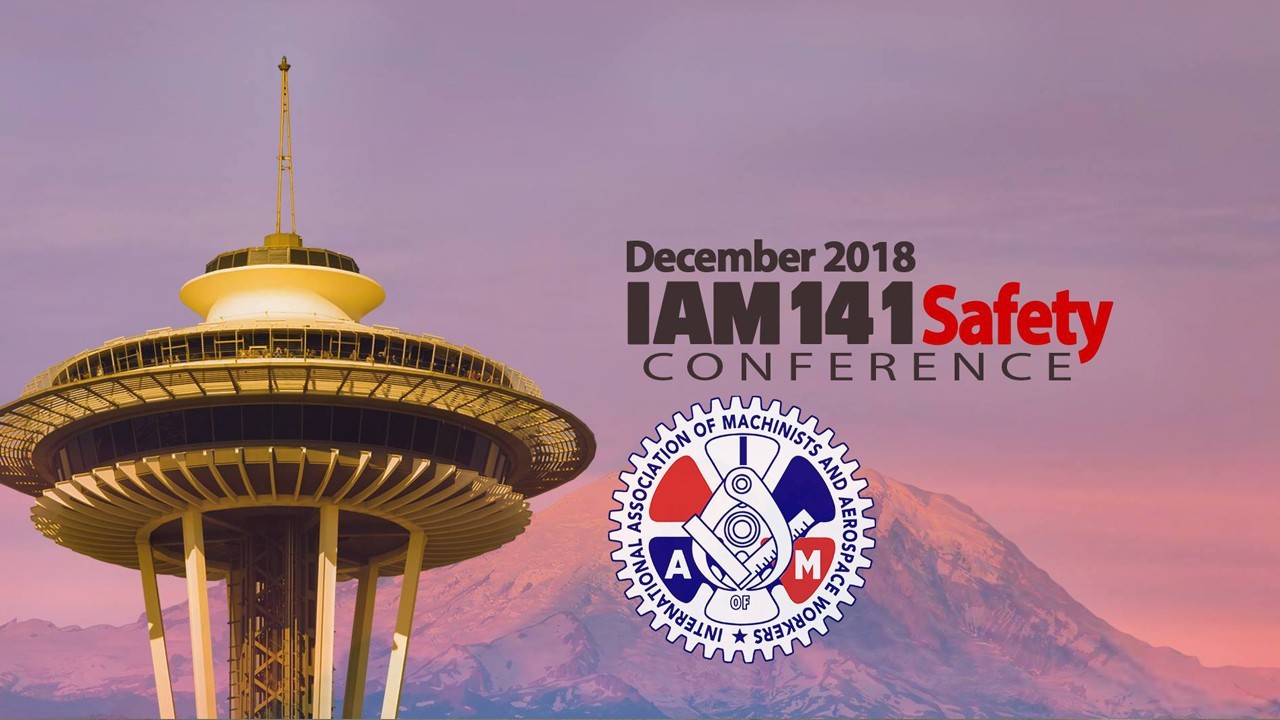
by Eric Price | Dec 7, 2018 | Departments, Featured, Home, Safety
The IAM141 Safety Conference attracts hundreds of commercial aviation safety experts in the name of improving airline safety. Safety experts from the Machinists Union and America’s largest airlines gathered in Seattle this week with the purpose of creating a safer...
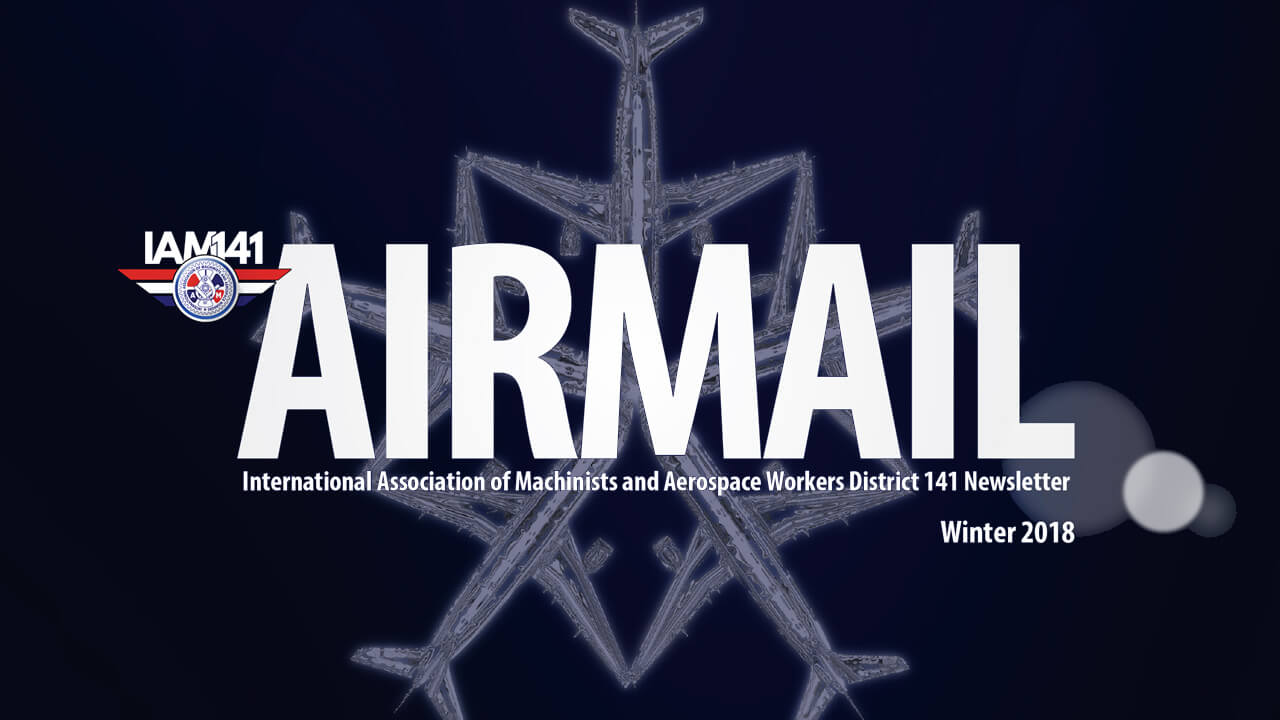
by Eric Price | Dec 1, 2018 | Airlines, Airmail, American, Community Service, Departments, EAP, Education, Hawaiian, Home, MNPL, Organizing, Philippine, Safety, Spirit, United
[gdlr_stunning_text background_color=”#f3f3f3″ button=”Download PDF” button_link=”https://iam141.org/wp-content/uploads/2019/01/Final-Edited-Winter-Newsletter.pdf” button_background=”#184ab9″...
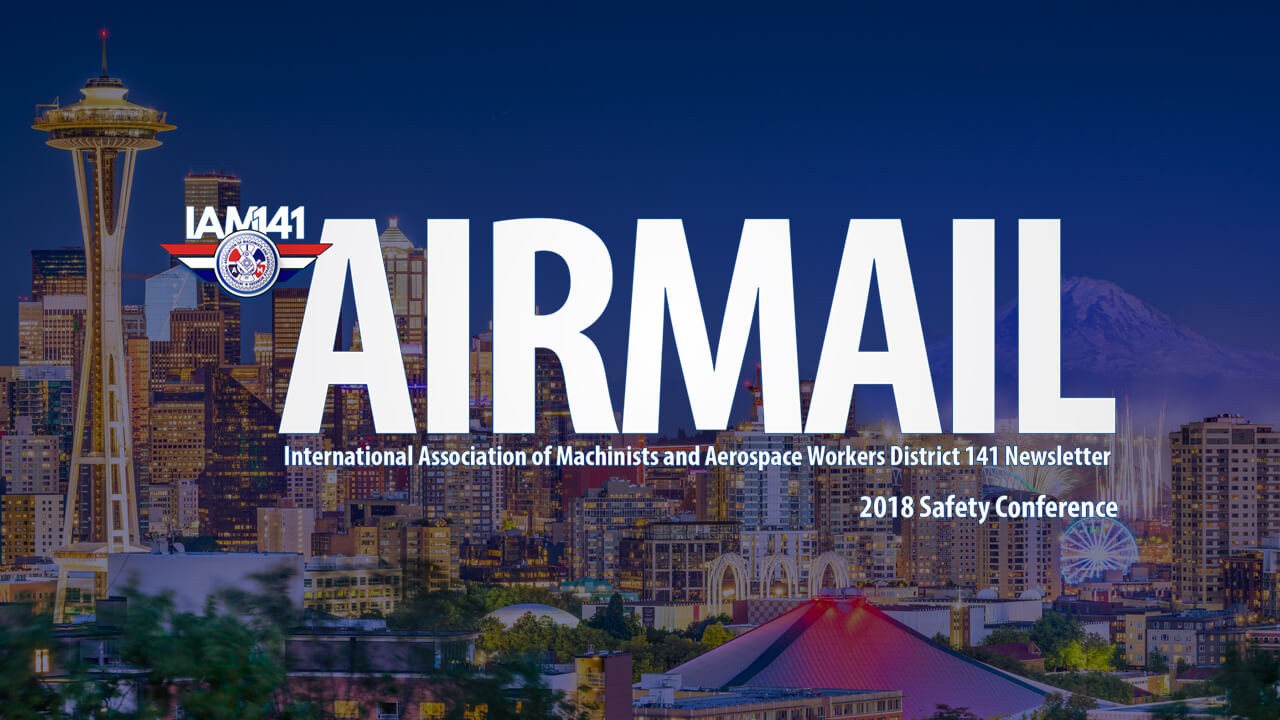
by Eric Price | Nov 1, 2018 | Airlines, Airmail, American, Departments, EAP, Education, Hawaiian, Home, MNPL, Organizing, Philippine, Safety, Spirit, United
[gdlr_stunning_text background_color=”#f3f3f3″ button=”Download PDF” button_link=”https://iam141.org/wp-content/uploads/2018/12/181218_airmail_safety_conference_newsletter.pdf” button_background=”#184ab9″...
by Eric Price | Aug 23, 2018 | Departments, Featured, Home, Safety, Video
IAM141 Safety Director for American and Spirit Airlines, Tony D’Aloiso and Safety IAM141 Coordinator Dennis Spenser met with IAM Members at DCA this week. “I had the opportunity to walk the ramp, the bag room, to give safety briefings and to discuss the...
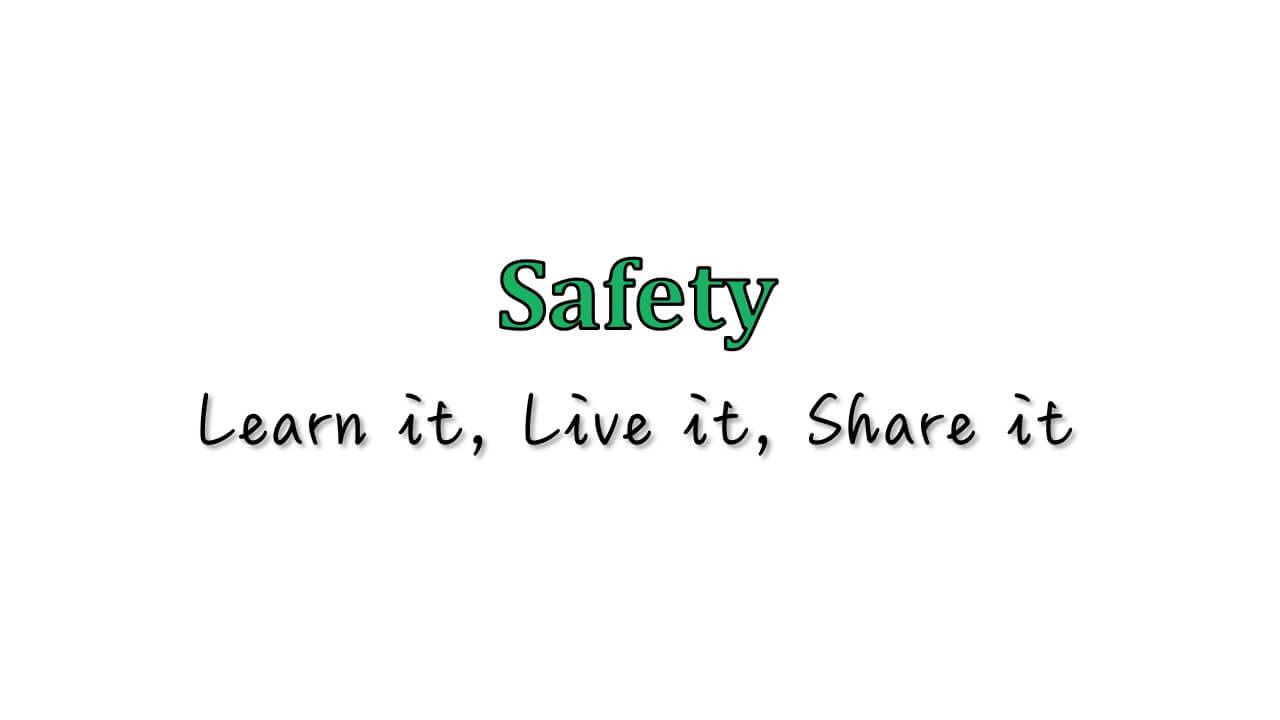
by Eric Price | Apr 5, 2018 | Departments, Safety
Dear Sisters and Brothers: The IAM Joint Air Transport Safety Committee will hold its annual Ground Safety Training Conference at the William W. Winpisinger Technology Center. The conference will be held August 28, 29, 30 with travel days on August 27 and August 31...
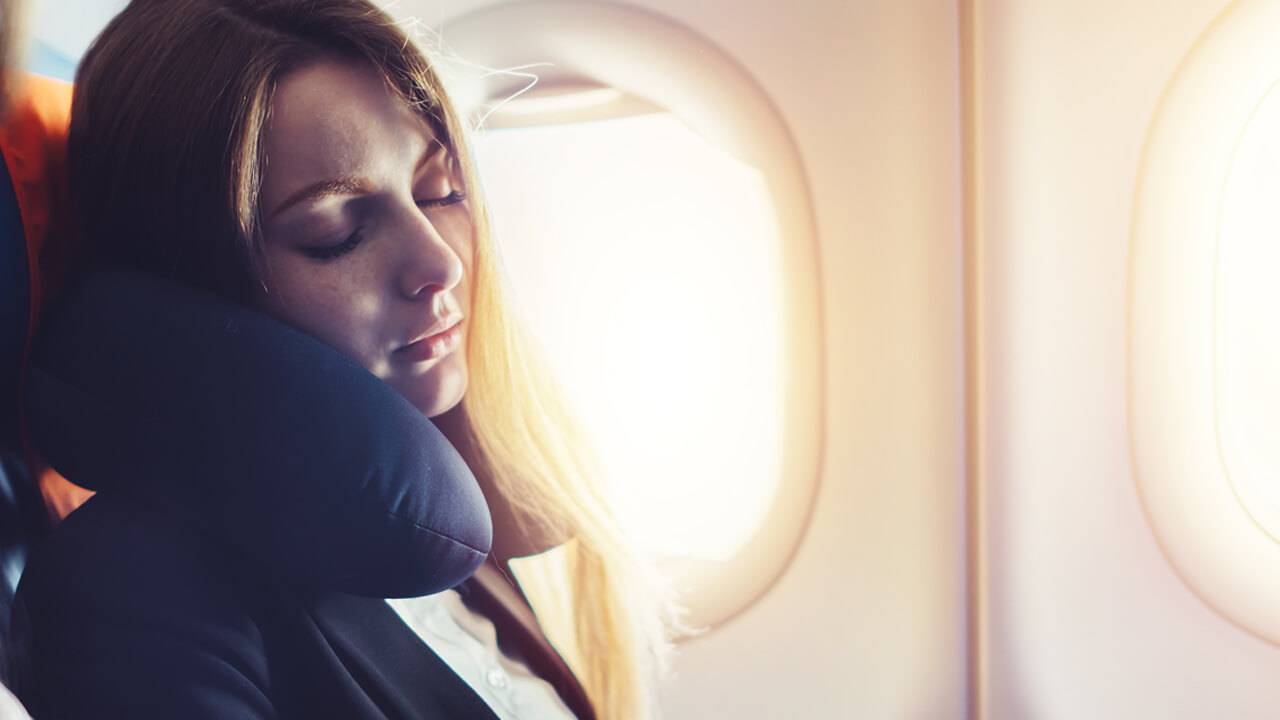
by Eric Price | Dec 16, 2017 | Departments, Featured, Home, Safety
For some workers, going to work chronically fatigued might be more dangerous than being at work drunk, according to a sleep expert speaking at the IAM141 2017 Safety Conference this week. Airline union activists, managers, and safety advocates learned a surprising...






